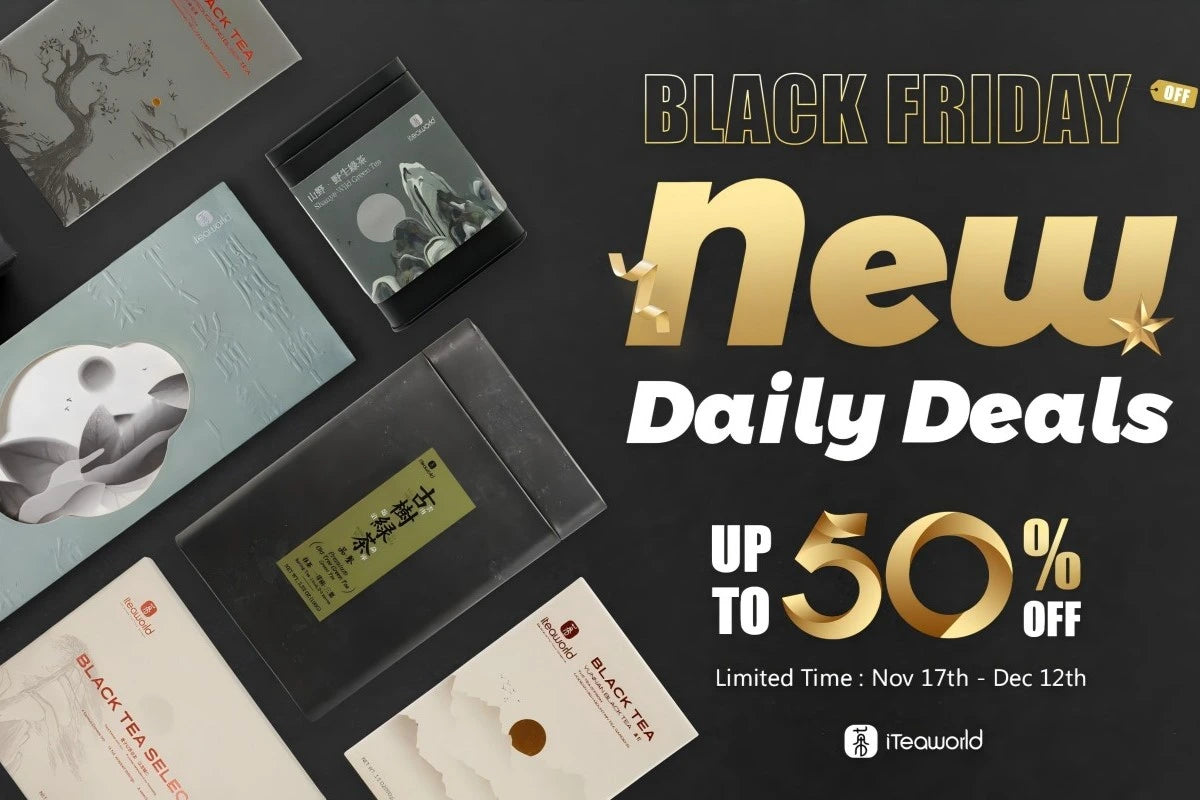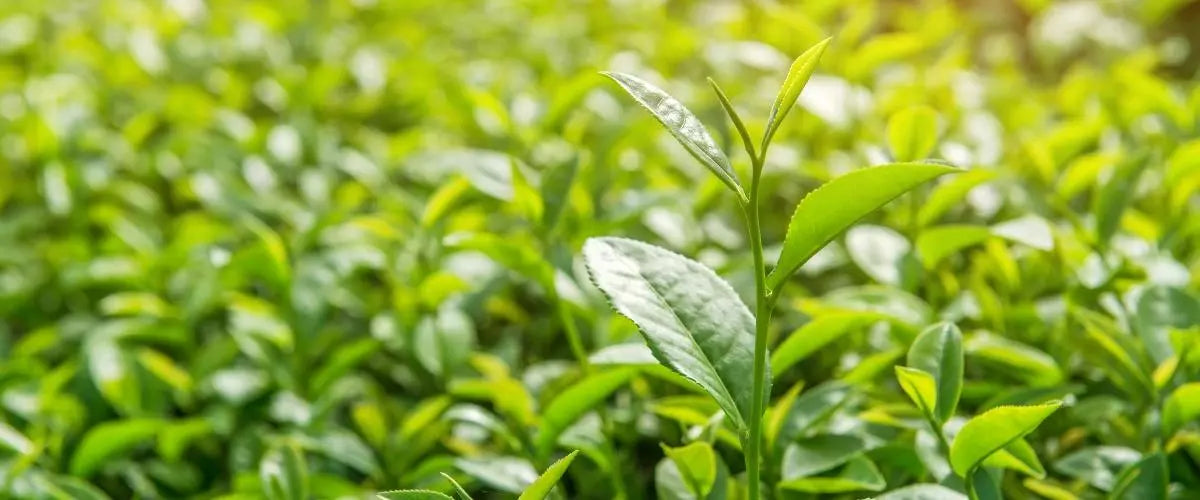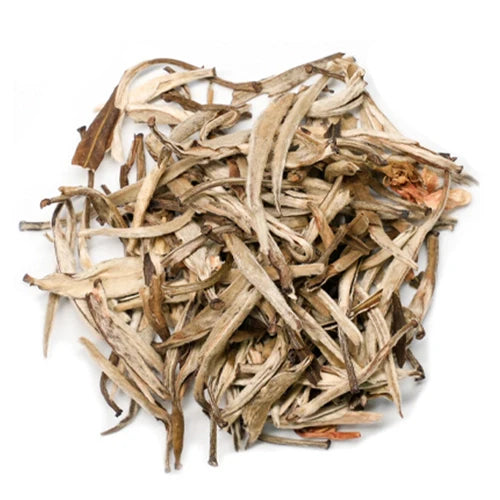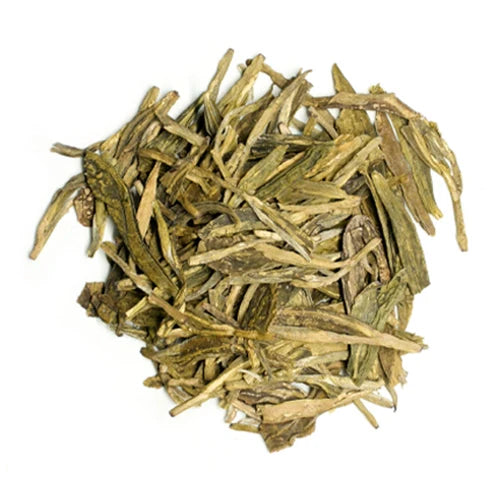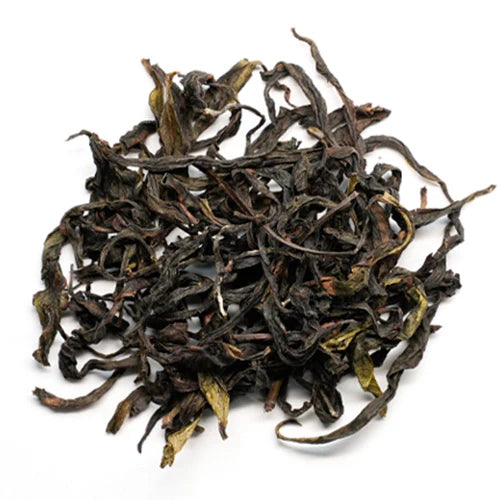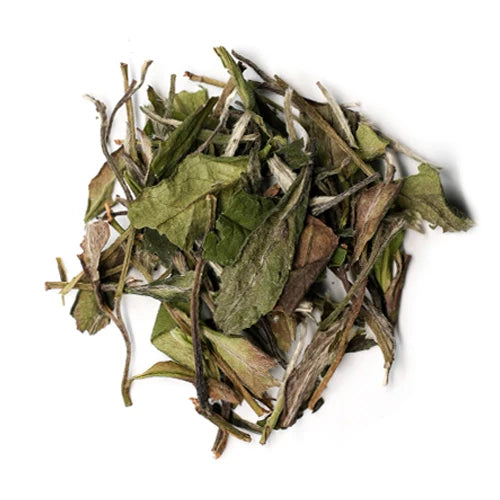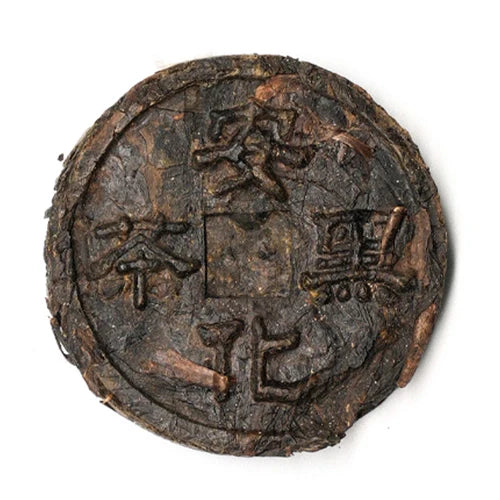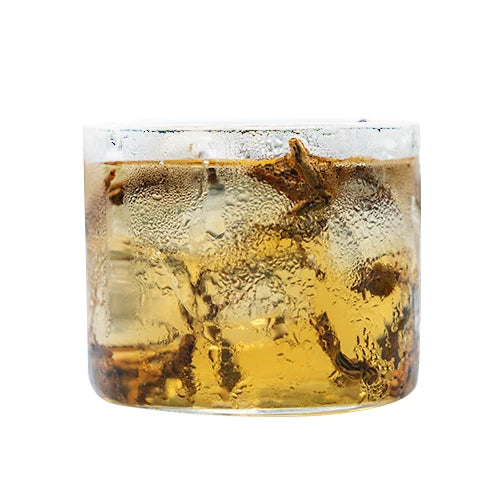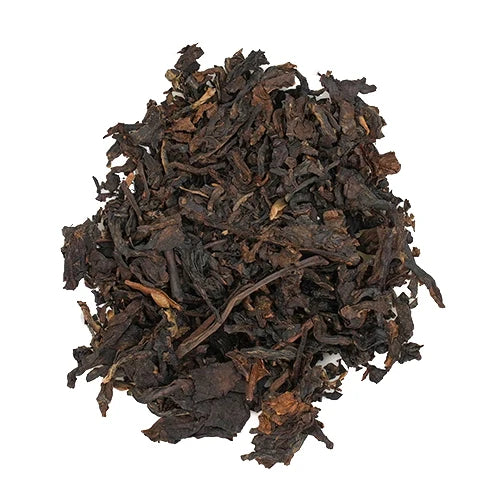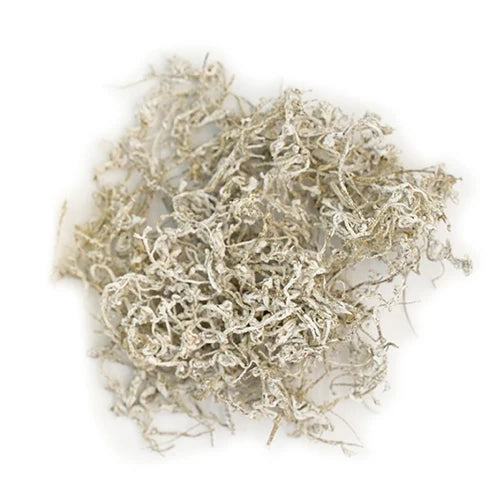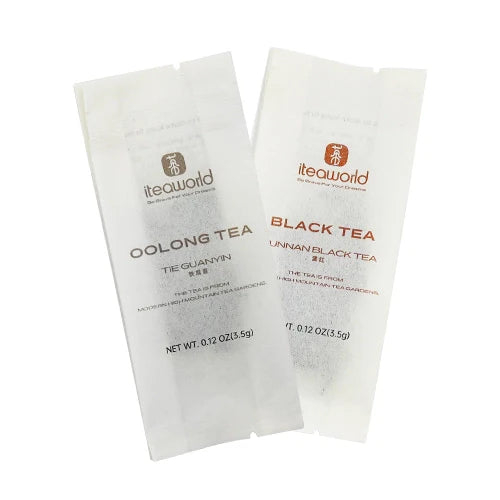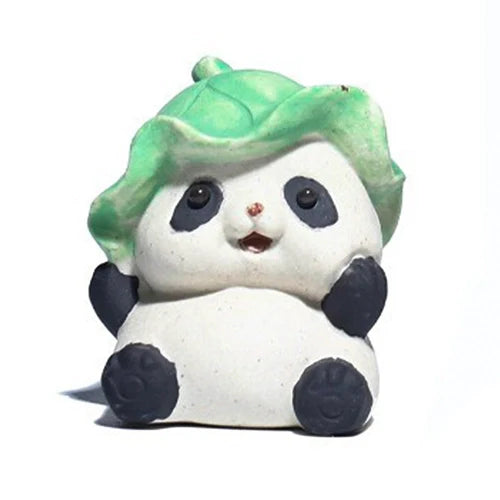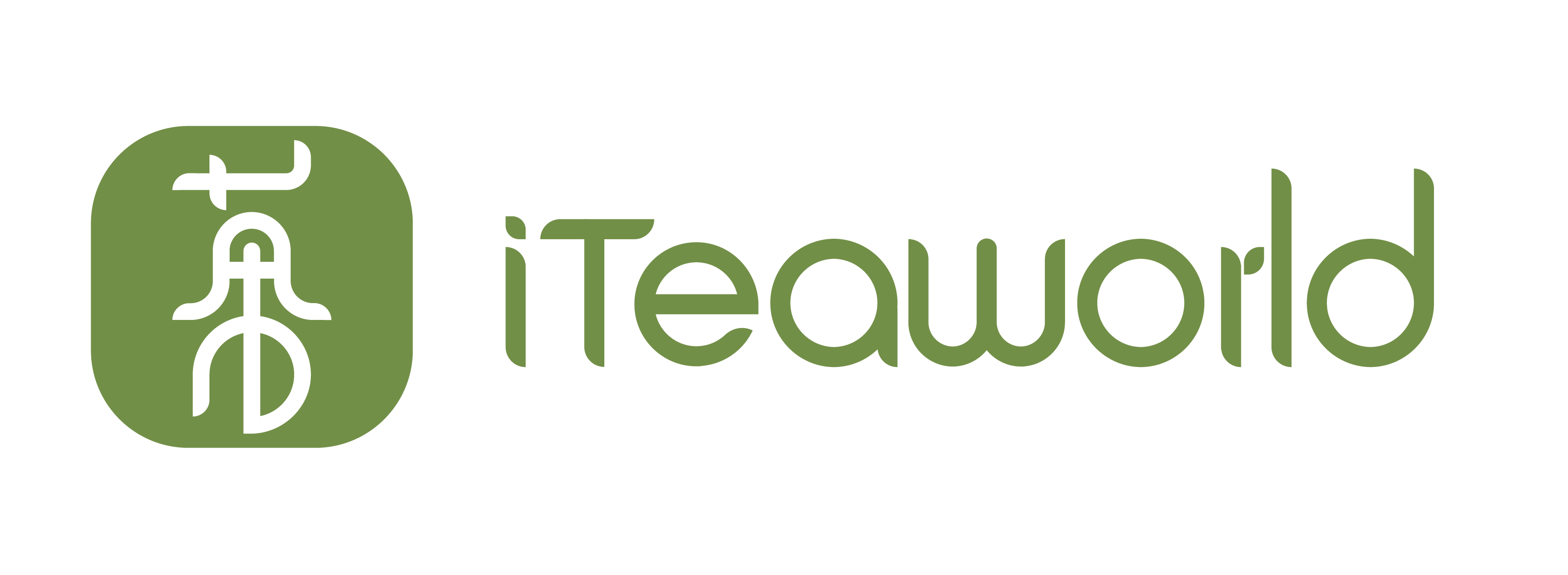The basic steps to make green tea are:Picking: We pick the tea leaves at just the right time.Wilting: The leaves are spread out to lose some of their water.Killing: This stops the leaves from changing by using steam or a hot pan to heat them up quickly.Rolling: The leaves are rolled or twisted to help their flavors come out.Drying: We finish by drying the leaves. Sometimes we use a hot pan to gently stir and dry them. Other times, we use a high-heat dryer to get rid of any extra moisture. Or, we might just let the sun do its job and dry the leaves naturally.
What are the picking standards for green tea?
Green tea has high requirements for the tenderness of fresh leaves, usually focusing on one bud and one leaf or one bud and two leaves. For precious teas, the picking standards demand delicate and uniform raw materials, only picking the newly sprouted strong buds or the newly unfolded one bud and two leaves. In contrast, border trade teas mainly pick larger leaves, with one bud and four or five leaves or two opposite leaves being acceptable.
Green tea, especially high-quality green tea, is often picked by hand, generally divided into three methods: pinch picking, lift picking, and two-handed picking. Lift picking is the standard picking technique for tea leaves, which can keep the buds and leaves intact, fresh, and uniform.
The picking of green tea is mainly divided into spring, summer, and autumn. Spring is the best time for green tea picking, especially for spring tea, as the tea leaves have rested and recovered after a winter, resulting in better quality. The picking time for spring tea generally starts from late March and lasts until mid-May.
The best time to pick tea leaves each day is from 9 to 11 in the morning. Before the sun comes out, the dew is heavy, and tea picked with dew is very prone to "burning tips." After 9 o'clock, when the fog dissipates, the tea leaves are at their best.
Green tea goesGreen tea goes through a process called withering, which is like letting the freshly picked leaves rest in a well-ventilated spot so they can lose some of their water naturally. As they do this, the leaves start to soften up. It's kind of like when you let a bunch of flowers dry out, but for tea leaves
How does different pan-firing techniques affect the flavor of green tea?What is pan-firing? Pan-firing is a crucial step in the processing of green tea, primarily aimed at destroying the enzyme activity in fresh leaves through high temperatures, especially polyphenol oxidase (PPO), to prevent the oxidation of polyphenolic compounds in the tea leaves, thus preventing the leaves from turning red or brown and maintaining the green color and fresh flavor of green tea.Chinese green tea pan-firing methods:Pan-firing: The most traditional method, where tea leaves are heated by manual or mechanical stirring in a wok.
Steaming: Using steam to quickly heat fresh leaves, a method very common in the production of Japanese green tea (such as Sencha).There's also hot air pan-firing, which uses hot air to heat fresh leaves, suitable for large-scale tea production. However, the appearance, color, and aroma of the tea may not be as outstanding as those produced by manual pan-firing or steaming.Differences in flavor between pan-fired and steamed green tea?Pan-fired green tea: The aroma of pan-fired green tea is usually more intense and noticeable, with a distinct wok-fried high aroma. The contact with the hot pan during the frying process allows the aromatic substances in the tea leaves to be fully volatilized and transformed.
The taste is usually more mellow and refreshing, with a pronounced aftertaste. The soup color is usually yellow-green, with a bright luster. The dry tea color is usually emerald green or gray-green, smooth and oily.Steamed green tea: The aroma of steamed green tea is relatively more subdued, with a hint of greenness and a slightly stronger astringency. Its aroma is not as uplifting and noticeable as that of pan-fired green tea.
The taste is sweet, mellow, and refreshing, with a seaweed-like green bean fragrance. The soup color is lighter, usually a tender green. The dry tea color of steamed green tea is dark green.
Is rolling a step in the process for all green teas?
Not all green teas undergo the rolling process. The general processing steps for green tea include pan-firing, rolling, and drying. However, some green teas might bypass the rolling step after pan-firing or have a very light rolling process.Pan-fired green teas: Most pan-fired green teas are rolled after pan-firing to help shape the leaves into strands, which facilitates the release of aroma and flavor. Examples include West Lake Longjing 、 Biluochun
Oven-fired green teas: These are usually rolled after pan-firing as well, but the rolling might be lighter to keep the leaves intact and visually appealing. Examples include Huangshan Maofeng and Taiping Houkui.Sun-dried green teas: These might skip the rolling step after pan-firing and go directly to sun-drying to maintain the natural state and flavor of the tea leaves.
Are the drying processes for green teas the same?Not exactly. The drying techniques for green tea can vary.Pan-drying: Like Longjing and BiluochunThis is the most common drying method, especially for pan-fired green teas. During pan-drying, the leaves are continuously tossed in a hot pan to evaporate moisture and develop their aroma. This process further shapes the tea's fragrance and taste while maintaining the green color of the leaves.Oven-drying: Like Huangshan Maofeng and Lu'an GuapianOven-drying typically uses special dryers or ovens to remove moisture from the leaves with hot air. This method is suitable for teas that need to retain their intact shape.Sun-drying: Like Yunnan green tea (raw Pu-erh)Sun-drying is a traditional method where the leaves are dried by the sun. It's used for certain green teas, like Yunnan's green tea. Sun-dried green teas often have a unique flavor, but the color might not be as vibrant as those dried using other methods.
So, when we look at the major categories of green tea processing, we can sum it up with these types:Green teas that use steaming and are oven-dried, like Enshi Yu Lu.Green teas that are pan-fired and also pan-dried, like Longjing and Biluochun ,Xinyang Maojian Tea。Green teas that are pan-fired but oven-dried, like Huangshan Maofeng and Lu'an Guapian.Green teas that are pan-fired and sun-dried, like Yunnan Green (Dian Qing).If you want to get a taste of four different green tea processes all at once, and also learn about the scenting process, you can try a green tea variety pack that includes five different crafting methods.
Do green teas that are pan-fired for both killing green and drying share similar flavors?Green teas that are pan-fired for both the killing green and drying processes usually have these common characteristics:Rich aroma: During the pan-firing process, the tea leaves are heated at high temperatures, allowing the aromatic compounds to fully volatilize and transform, creating a unique scent of fried rice, chestnuts, or a baked fragrance.Full-bodied flavor: As the tea is pan-dried, the moisture is completely removed, and the active components in the tea leaves are concentrated, making the tea soup taste richer and more intense.Vibrant color: During the pan-firing process, the chlorophyll in the tea leaves is well preserved, giving the finished tea a more lively and verdant color.Tight and even rolls: The constant tossing and rubbing in the pan during the pan-firing process make the tea leaves roll up more tightly and evenly.Good infusion retention: Pan-fired and pan-dried green teas are usually more resistant to multiple infusions, maintaining their flavor even after several steepings.In general, the common features of pan-fired green teas are their rich aroma, full-bodied flavor, vibrant color, tight and even rolls, and good infusion retention.
Do green teas that are pan-fired and then high-temperature oven-dried share similar flavors?Green teas that are processed with pan-firing and followed by high-temperature oven-drying usually have these commonalities in their flavor profile:Aromatically uplifting: The aromatic compounds formed during the pan-firing process are further stabilized during the drying process, resulting in a more uplifting and lasting aroma in the finished tea.Fresh and refreshing taste: As the moisture is evenly removed during the drying process, the umami components like amino acids in the tea leaves are well-preserved, making the tea soup taste fresher and more refreshing with a pleasant aftertaste.Vibrant green color: During the drying process, the oxidation of chlorophyll and polyphenols in the tea leaves is slower, which helps maintain a more vibrant and lively green color in the finished tea.Intact leaves: The leaves are less likely to break during the drying process, resulting in a more intact and clean appearance of the tea leaves.Diverse aromas: Due to the control of temperature and time during the drying process, the aromas of these green teas can be more diverse, including bean-like, fresh, fruity, and other scents.Overall, green teas that are pan-fired and then oven-dried may have a more uplifting aroma and a fresh, refreshing taste.
Why do Biluochun and Longjing, which both use pan-firing for both killing green and drying, have different flavors?Although Biluochun and Longjing both use pan-firing for killing green and drying, their flavor differences mainly stem from several aspects:Tea plant varieties: Biluochun and Longjing come from different tea plant varieties. Biluochun primarily originates from tea plant populations in Suzhou, Jiangsu, while Longjing is produced from Longjing tea plants in Zhejiang.
The genetic differences in tea plants lead to different chemical compositions in the leaves, affecting the final flavor. Biluochun tea plant leaves are usually smaller and denser, rich in aromatic substances, while Longjing has several varieties, such as Longjing 43 and Wuniu Zao, each with its own unique aroma and flavor characteristics.Growing environment: Biluochun mainly grows in the Dongting Mountain area around Taihu Lake in Jiangsu, where the climate is humid, surrounded by lake water, and often shrouded in mist, which is conducive to the accumulation of amino acids in the tea leaves, forming Biluochun's unique floral and fruity fragrance.
Longjing mainly grows in the areas around West Lake in Hangzhou, Zhejiang, and Longjing Village, where the soil is acidic and rich in minerals, giving the tea leaves a bean or chestnut aroma after pan-firing.Subtle differences in production techniques:Killing green temperature and time: Biluochun's killing green temperature is relatively lower, and the time is shorter, preserving the tender floral and fruity aroma, while Longjing's killing green temperature is slightly higher, and the frying time is slightly longer, which better stimulates the unique aromas of bean and chestnut.Rolling process: Biluochun undergoes light rolling after killing green, forming a small, curled "snail" shape, a process that better retains the aroma and taste. Longjing, on the other hand, is slightly flattened, creating flat leaves that make the tea soup more refreshing when brewed.Drying technique: In the final drying step, Biluochun focuses more on retaining the tea's original fresh fragrance, while Longjing emphasizes bringing out the "wok air."In summary, Biluochun tends to have a light, sweet fragrance with a rich floral and fruity aroma and a tender taste; Longjing, on the other hand, has a rich aroma with bean or chestnut scents and a more mellow, long-lasting aftertaste. These flavor differences are the result of the combined effects of variety, origin, and craftsmanship.
Do Huangshan Maofeng and Lu'an Guapian, which both use pan-firing and oven-drying, have the same flavor?
Although Huangshan Maofeng and Lu'an Guapian both employ pan-firing and use oven-drying for the drying stage, their flavors are not the same. This is due to differences in several aspects:Tea plant varieties:Huangshan Maofeng: Mainly picked from local tea plant varieties in the Huangshan area (like "Huangshan Da Cha"), with plump buds and leaves, rich in content.
Lu'an Guapian: Primarily from local tea plant varieties in Lu'an, Anhui, with unique leaves, usually without buds, using only the leaf part.Appearance and picking standards:Huangshan Maofeng: Usually picked as one bud and one leaf or one bud and two leaves, processed through pan-firing and rolling, with a "sharp peak" shape, and fine white hairs. The form is slender and elegant.
Lu'an Guapian: Uses single leaves without buds, and the leaves are relatively large, formed into flat leaves with slightly curled edges through a "pinching" process, distinctly different from other green teas.Subtle differences in production techniques:Huangshan Maofeng: Focuses on the combination of "killing green" and "rolling" during the pan-firing process, with slightly higher temperatures to make the aroma more vibrant. The later drying is mainly to further enhance the aroma and ensure the tea remains dry. Some "wok air" is retained during the frying process.
Lu'an Guapian: Employs a unique technique called "pulling the old fire," with lower temperatures but longer times during the pan-firing process, making the tea taste more mellow. The leaves are dried slowly, stacked and dried layer by layer, to avoid damage from excessive heat, giving it a more stable flavor.Growing environment:Huangshan Maofeng: Grows in the misty mountains of Anhui's Huangshan, with a humid and foggy environment, where the tea accumulates more amino acids and aromatic substances, thus presenting a rich floral and fruity aroma.Lu'an Guapian: Grows in the Lu'an area of the Dabie Mountains, where the altitude is relatively lower, the climate is mild, and there is more sunlight, leading to different accumulations of substances in the tea, making the flavor more mellow.Therefore, although Huangshan Maofeng and Lu'an Guapian have similarities in their processing techniques, differences in variety, picking standards, details of the process, and growing environment have created their unique flavors.
Huangshan Maofeng is fresh and refreshing, with chestnut and floral aromas, while Lu'an Guapian has a rich aroma and a mellow, thick taste with a unique cooked fragrance.Flavor and aroma:Huangshan Maofeng: Has a distinct tender fragrance, floral, and chestnut aroma, with a fresh, sweet taste, soft on the palate, and a lasting aftertaste. The tea contains more amino acids and aromatic substances due to the retention of tender buds.Lu'an Guapian: Has a unique and rich aroma, similar to "melons and fruits," with a mellow taste and sweet aftertaste, and a certain "cooked fragrance," as the leaves are processed with slow fire for a long time, making the aroma more profound.
Sun-dried green tea and steamed green tea each have their own unique flavor profiles:Sun-dried green tea:This type of green tea is dried using sunlight after the killing green and rolling processes. It has a long history, with ancient practices of drying wild tea leaves in the sun, which might be considered the infancy of the sun-drying process. The flavor of sun-dried green tea is generally stronger and less commonly consumed as a loose tea. The representative Yunnan green tea, also known as Dian Qing, is mainly used as a raw material for Pu-erh tea. After long-term storage and transformation, the tea's astringency weakens, and the taste becomes more mellow. The sun-drying method gives the tea a unique "sunshine flavor," which is irreplaceable and created by the destruction of active substances like chlorophyll and polyphenols under ultraviolet rays.Steamed green tea:Steamed green tea uses a steaming process for killing green, which has a long history recorded as early as the Tang Dynasty in Lu Yu's "The Classic of Tea". The tea is processed by steaming the fresh leaves, then rolling, shaping, and drying. Steamed green tea retains more proteins, chlorophyll, amino acids, and aromatic substances, creating the "three greens and one freshness" characteristic: the color is green, the soup is tender green, the leaf base is blue-green, and the tea soup is sweet, mellow, and fresh, with a seaweed-like green bean aroma or chestnut aroma. However, the aroma of steamed green tea can be a bit闷, with a hint of greenness and a slightly stronger astringency, thus it is not widely popular. The most famous steamed green tea is Enshi Yu Lu, produced in Enshi, Hubei Province, a historical famous tea dating back to around 1680, that is, the 19th year of the Kangxi Emperor
How to Choose Different Types of Green Tea?Pan-Fired Green Tea: This is the most common and widely produced green tea in China, where the leaves are dried by pan-firing. It's known for its rich, pan-fried aroma and is divided into three subtypes: flat, long, and round. Famous examples include West Lake Longjing, Biluochun, and Xinyang Maojian.
This process gives the tea a fresh, herbal scent with hints of roasted, chestnut, and bean fragrances, resulting in a rich and mellow flavor with a noticeable aftertaste. Pan-fired green tea is perfect for those who enjoy a strong, full-bodied taste.Oven-Dried Green Tea: Due to its strong adsorption properties, this method is mostly used for scenting flower teas, also known as tea base, and is dried using charcoal or a dryer. It has a prominent aroma, more intact leaves, a clearer fragrance, and a smoother taste. Representative teas include Jasmine tea, Huangshan Maofeng, and Lu'an Guapian.
Oven-dried green tea has a more elegant aroma and a fresh, refreshing taste. It's suitable for those who prefer a light taste and enjoy subtle, delicate fragrances.Sun-Dried Green Tea: Typically not consumed as green tea but used as a raw material for tuo cha and pu-erh tea, dried by sunlight. It has a strong stimulating effect, with a rich taste and a rich grassy flavor, even a "strong sun flavor" can be tasted. Representative teas include Yunnan large-leaf Dianqing, Chuanqing, and Shanqing.
Sun-dried green tea is characterized by its mellow taste and more natural aroma. It's suitable for those who like natural flavors and rich taste.Steamed Green Tea: A niche category, not widely popular in China, mostly used in Japanese tea ceremonies, where high-temperature steam is used for fixing. It has a greener color than other green teas, with a sweet and refreshing taste, and its aroma includes seaweed-like green bean fragrance or chestnut fragrance. Representative teas include Enshi Yulu and teas used in Japanese tea ceremonies.
Steamed green tea retains more low-boiling point aromatic substances, making it fresh and invigorating, with a scent of seaweed or nori. It's suitable for those who pursue unique flavors and refreshing tastes. If you like Japanese green tea, you should also try one of the oldest representatives of Chinese green tea.


